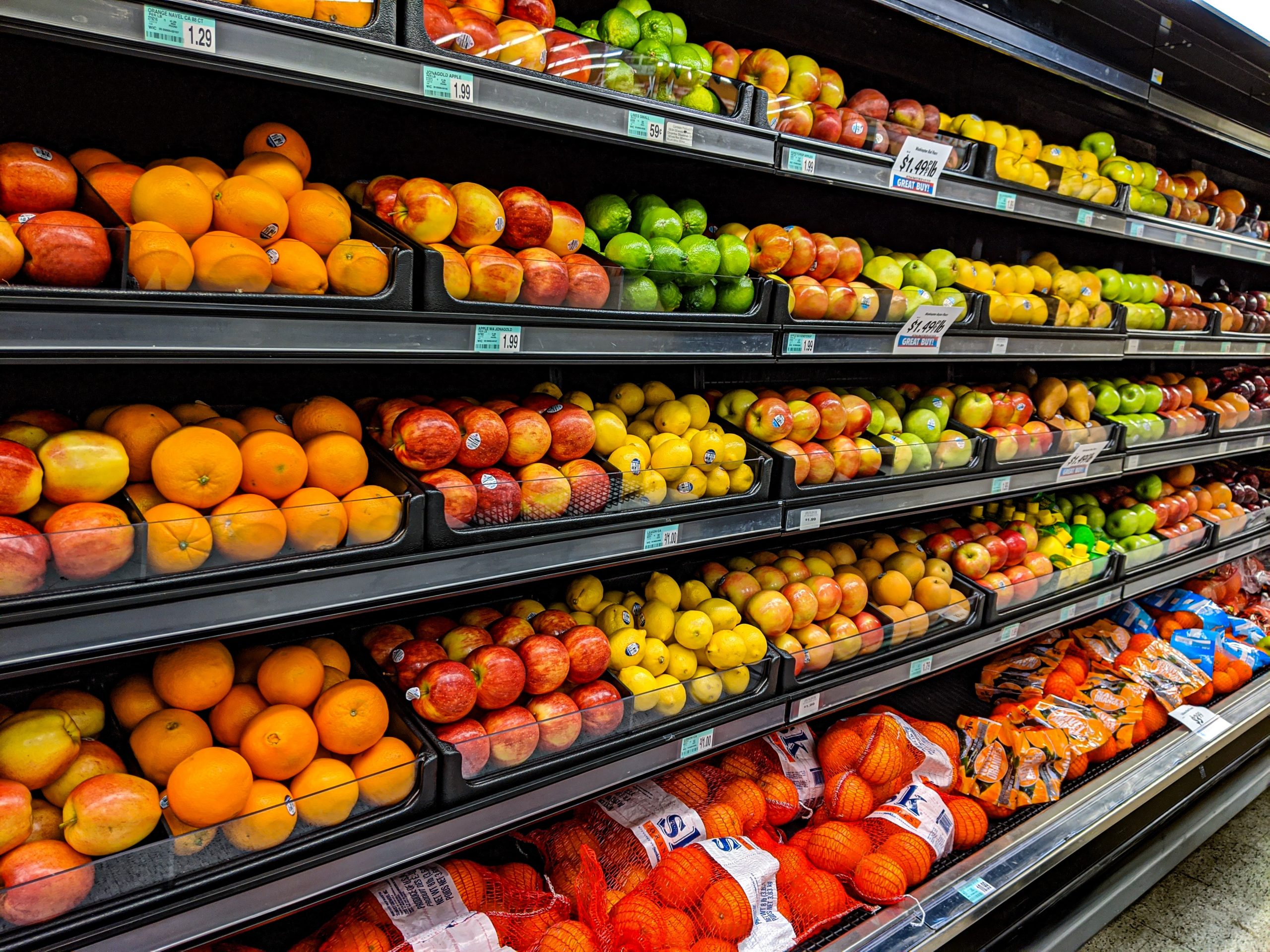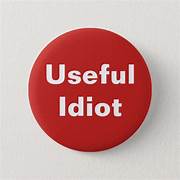I do not play tennis or pasture pool (golf). But I do like to go grocery shopping. In the past weeks the cost of meat, dairy products, fruits and vegetables have gone up. Buy paper towels or toilet paper and the price has gone up. But if you are a careful shopper you will also note that as the price goes up, the quantity is going down.
“Consumer blogs pointed WCCO to products like oatmeal packets of 10 cut to eight for some varieties, tuna cans from seven to five ounces, and some family size cereals slimming down from 19.3 ounces to 18.8 ounces, all evidence of what’s known as shrinkflation.
Kim Sovell, a marketing professor at the University of St. Thomas, says companies have learned how consumers don’t like to pay more.
“It’s really a way to conceal higher prices,” Sovell said. “We’re very deterred by price increases. We’ll switch brands. … We focus on cost over quantity. Cost over quality.”
Good shoppers see this. But do they see the hand of government that is causing the price increase, quantity decrease? Guess not. When are we going to scream about this crisis?
Smaller Products, Rising Prices: Shrinkflation Hitting Grocery Store Shelves

By Liz Collin, CBS Minnesota, 10/5/21
MINNEAPOLIS (WCCO) — Shrinking products and rising prices. From cereal to soap, paper towels to pretzels, you might have noticed you’re not getting as much as you used to at the grocery store.
Consumer blogs pointed WCCO to products like oatmeal packets of 10 cut to eight for some varieties, tuna cans from seven to five ounces, and some family size cereals slimming down from 19.3 ounces to 18.8 ounces, all evidence of what’s known as shrinkflation.
Kim Sovell, a marketing professor at the University of St. Thomas, says companies have learned how consumers don’t like to pay more.
“It’s really a way to conceal higher prices,” Sovell said. “We’re very deterred by price increases. We’ll switch brands. … We focus on cost over quantity. Cost over quality.”
Unless you have an old box in your cabinet at home to compare, you might not notice.
“We check prices every time we shop but we rarely check weight,” Sovell said.
The world economy continues to struggle with pandemic woes, and if you haven’t noticed price hikes, Sovell expects it to be more pronounced soon.
The maker of Huggies diapers and Cottonelle toilet paper announced it will charge 4% to 9% more through 2022. Proctor and Gamble, behind products like Gillette Razors and Tide detergent, is also looking at price spikes.
“Any time we start slowing down manufacturing and shipping while in the U.S. demand for products is high, what we’re going to see is supply not being able to meet demand, which is a sure-fire way to have increased prices,” Sovell said.
Sovell traces Shrinkflation back to the ’70s. Judging by the history books, she says the changes usually stick. For instance, orange juice used to come in half gallon or 64 ounce-containers. Also, Dial soap adapted its trademark concave shape. It’s all a way to give us less and in some cases, even charge us more.
Breyers ice cream is another good example — 64 ounces have gone to 48. The price didn’t stay the same, either; it went up by 25%.
“Being mindful and watchful of our usage is about the only thing we can do as consumers,” Sovell said.
Sovell also believes tracking prices and sizes is key, spotting a practice that shouldn’t be a secret.
“We’ll come to realize that maybe it isn’t necessarily devious or sneaky but necessary, necessary for business, necessary to keep providing us the products that we want to be able to use,” she said.
Sovell also says shopping the sales, using coupons and rebates can also help. Buying in bulk can also sometimes work in your favor, but Sovell says it’s something you should also be weight conscious if implementing.




